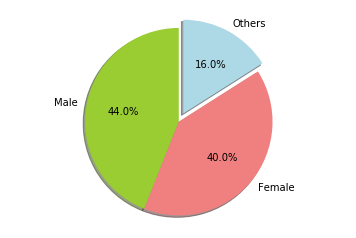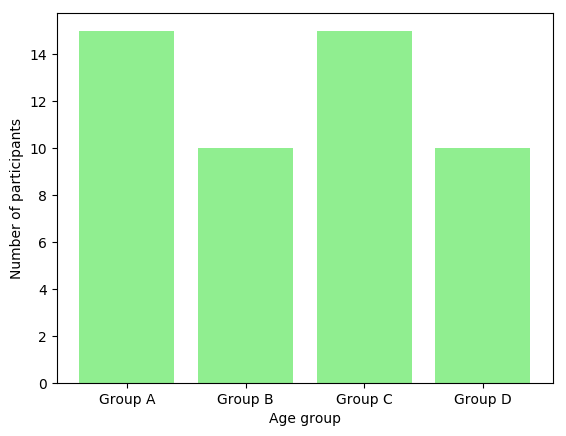Failing to Succeed: The Story of India’s First E-Commerce Company is written by founder of IndiaPlaza, K Vaitheeswaran.
The book is real life journey of author in building brand IndiaPlaza, his learnings and failures. I would strongly advice every stakeholder in our startup ecosystem to read this book.
This book will walk you through the other side of building startup in India, which is not sexy/cool as the media or our government depicts. This book is contender for a blockbuster movie script. 🙂
These are my take away from the book:
- Having a great co-founder increases chance of startup success.
- India has enough talent pool, hiring necessarily should not be done from limited marquee institution.
- When time gets tough you get to know about real friends.
- Luck and timing is equally important for starting up.
- Fundraising is relatively easy for Alumni from marquee institutions.
- Starting up is not for poor souls, it requires immense hard work.
- Funding will only escalate your problems for time being, it will not fix it.
- Glittery buzzwords like GMV, app downloads will get you funding but getting real customers who will pay requires customer service, love and empathy.
- Discount is what drives we Indians from offline to online. (most of us)
- Having a trusted partners as co-founder, investor makes startup journey more fruitful.
I will let you all read and come up with your summery. 🙂











